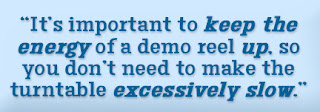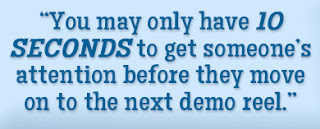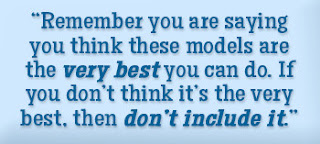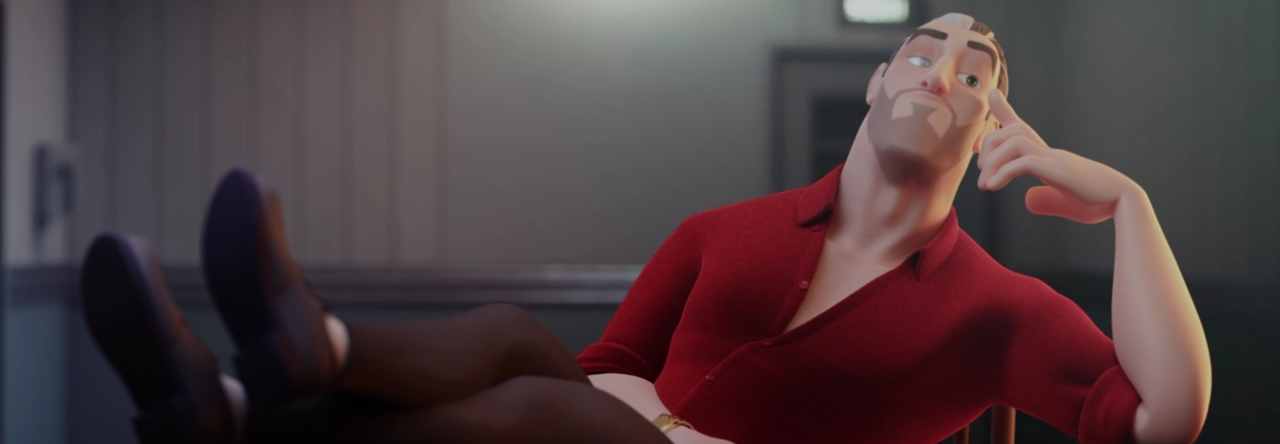
Brien Hindman is an environmental modeling supervisor at Disney Animation and an Instructor at one of the best 3D animation schools– AnimSchool. Previously, he was a senior modeler at Blue Sky Studios as well as the environmental modeling lead for Ice Age 3. Films he has worked on include: Moana, Big Hero 6, Frozen, Wreck It Ralph, Epic, Ice Age: Continental Drift, Rio, Ice Age: Dawn of the Dinosaurs, Horton Hears a Who!, Ice Age: The Meltdown, and Robots.
As he himself is one of the many modelers at Disney who watches incoming demo reels on a regular basis, he gives his students lots of advice about the best, most effective ways to create their demo reels. Despite being a very busy guy, Brien agreed to share his insight with all of our readers.
What are the guidelines you tell your students when making a turntable?
 Be sensitive to screen time. Remember that professionals are looking at your work, and they can tell within a few seconds if it’s good or not. It’s important to keep the energy of a demo reel up, so you don’t need to make the turntable excessively slow. Generally about 3 rotations within 5 seconds is enough, which includes almost a full rotation with the wireframe comped onto the model. Start the turntable almost a full second before the most important side of the model, which typically includes the face. This gives you time to cross dissolve from your previous model, as well as giving the viewer enough time to figure out what she or he is looking at. It’s a bit annoying to have to wait a full second to see the face, but I’ve seen many turntables that start out on the face, but includes a cross dissolve, so we are essentially seeing the backside of the model first. It’s a good way to kill the moment of the demo reel. Further, end the rotation in a smart place. It doesn’t have to be where you began it, but you want to leave the model in an interesting place. It makes a better impression. Generally, 2 seconds or so per rotation is good, but it really depends on the model. I would say 4 seconds is pushing it in terms of speed.
Be sensitive to screen time. Remember that professionals are looking at your work, and they can tell within a few seconds if it’s good or not. It’s important to keep the energy of a demo reel up, so you don’t need to make the turntable excessively slow. Generally about 3 rotations within 5 seconds is enough, which includes almost a full rotation with the wireframe comped onto the model. Start the turntable almost a full second before the most important side of the model, which typically includes the face. This gives you time to cross dissolve from your previous model, as well as giving the viewer enough time to figure out what she or he is looking at. It’s a bit annoying to have to wait a full second to see the face, but I’ve seen many turntables that start out on the face, but includes a cross dissolve, so we are essentially seeing the backside of the model first. It’s a good way to kill the moment of the demo reel. Further, end the rotation in a smart place. It doesn’t have to be where you began it, but you want to leave the model in an interesting place. It makes a better impression. Generally, 2 seconds or so per rotation is good, but it really depends on the model. I would say 4 seconds is pushing it in terms of speed.In general, what should a good modeling demo reel look like in terms of length, variety, and number of models?
What makes the best arrangement of models, for example should the best ones be at the beginning, the end, or a little of both?
 Many people have different opinions on this matter. I think best first, second second and third last is best. You may only have 10 seconds to get someone’s attention before they move on to the next demo reel, so it’d be a shame if they never saw what you consider to be your second best work if it is last. That said, you want to end strong and leave a good impression. The third best model is generally enough to do that.
Many people have different opinions on this matter. I think best first, second second and third last is best. You may only have 10 seconds to get someone’s attention before they move on to the next demo reel, so it’d be a shame if they never saw what you consider to be your second best work if it is last. That said, you want to end strong and leave a good impression. The third best model is generally enough to do that.Should our modeling reels differ depending on the studio we are applying for? If yes, how so?
You guys look through hundreds of demo reels all the time and I’m sure they all start to look the same. How can we make ours stand out from the rest and be remembered?

What are some common mistakes that you often see people make in their modeling demo reels?
They add music. They don’t show wireframes. They add models that they shouldn’t have added that aren’t nearly as good. It shows a lack of judgement in that case. Remember you are saying you think these models are the very best you can do. If you don’t think it’s the very best, then don’t include it.





Leave a Reply